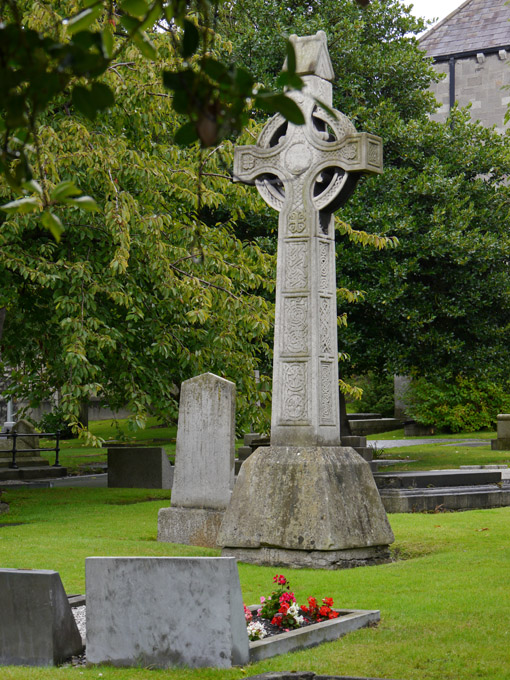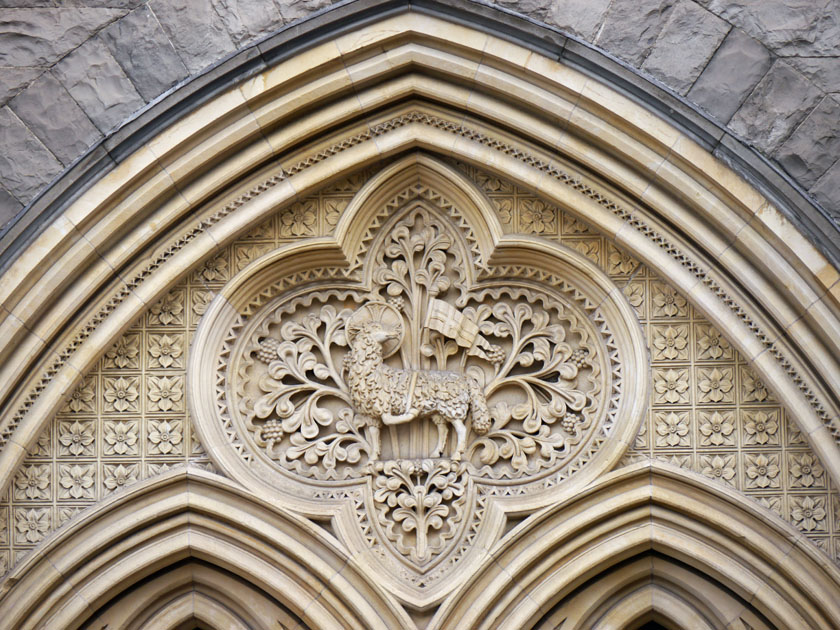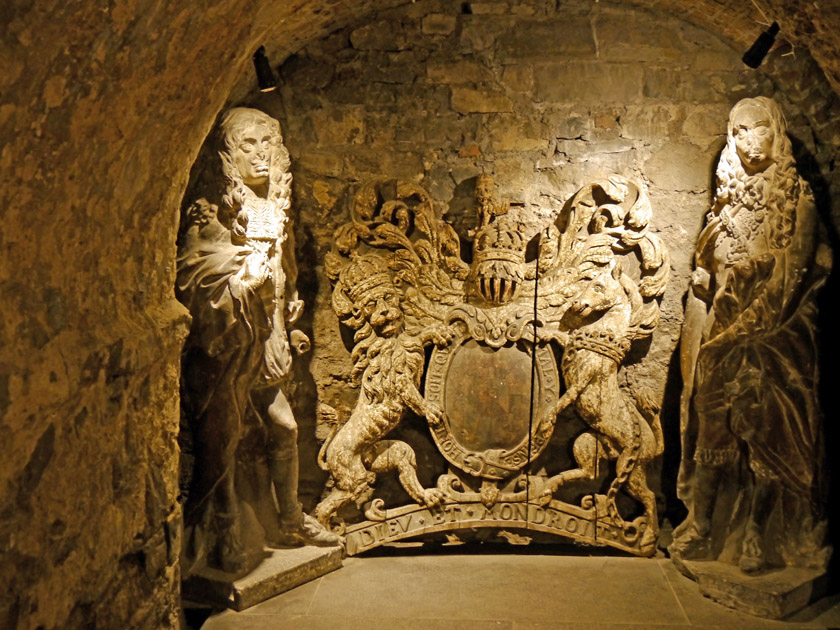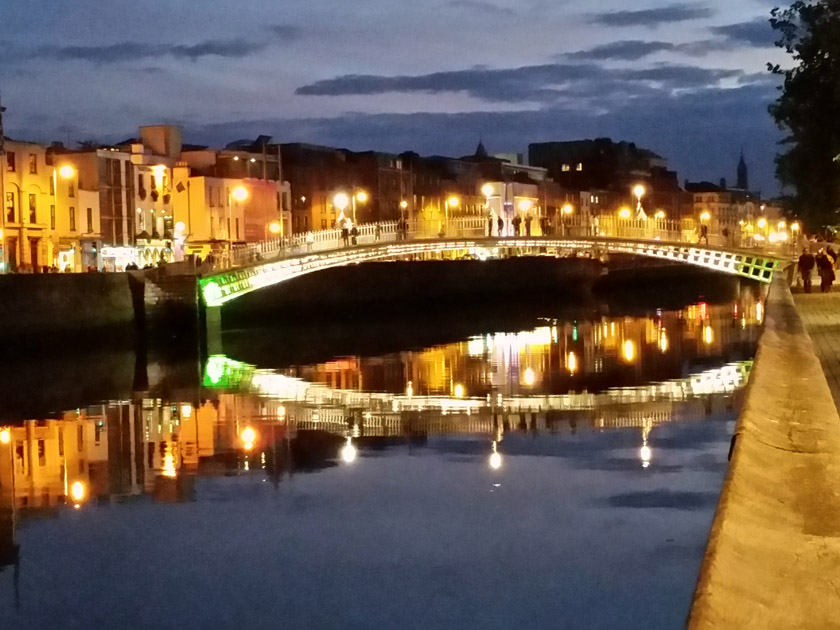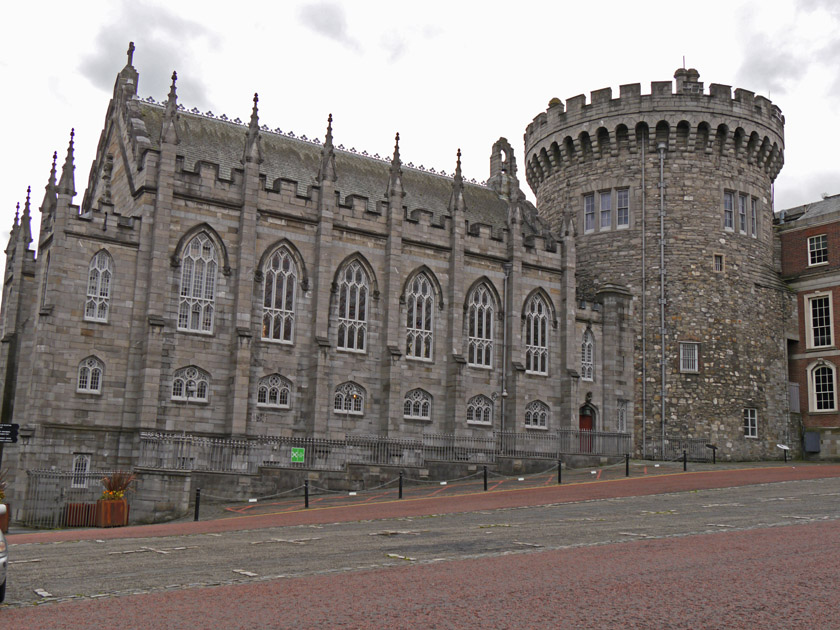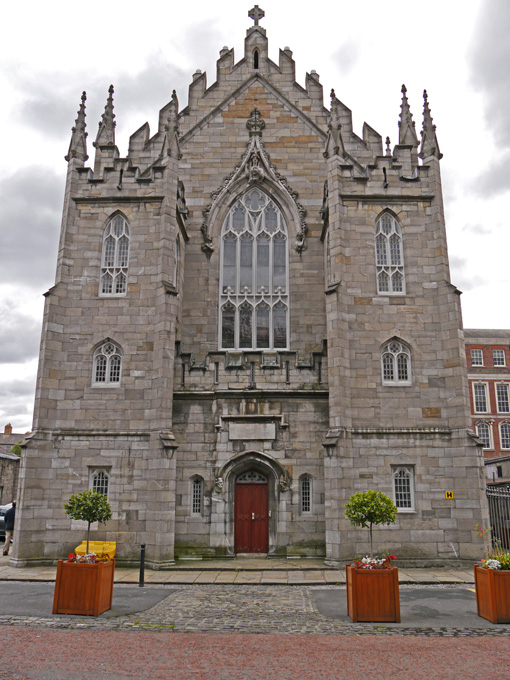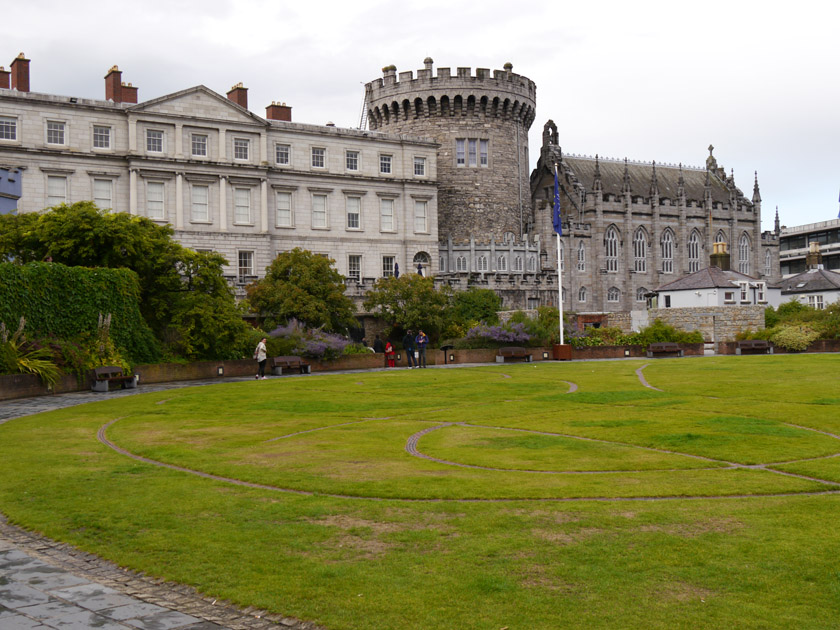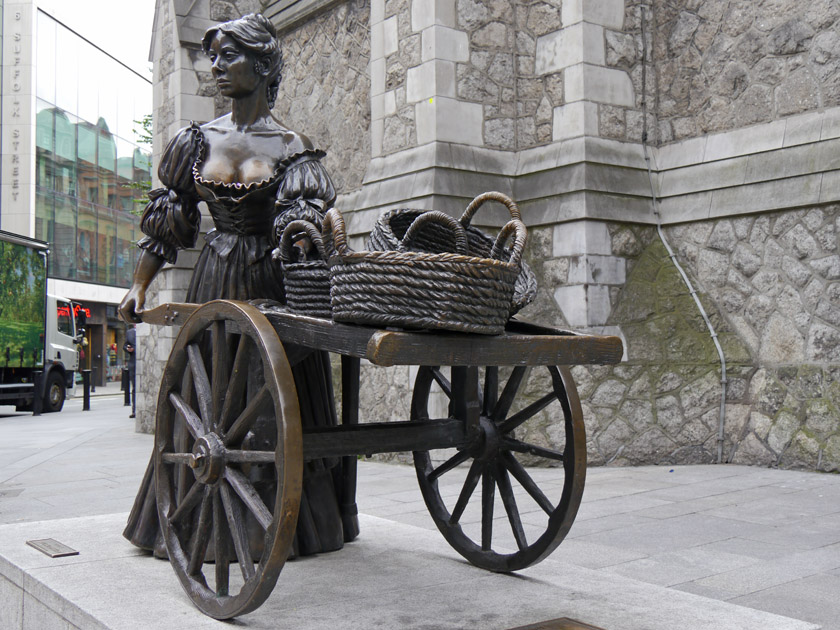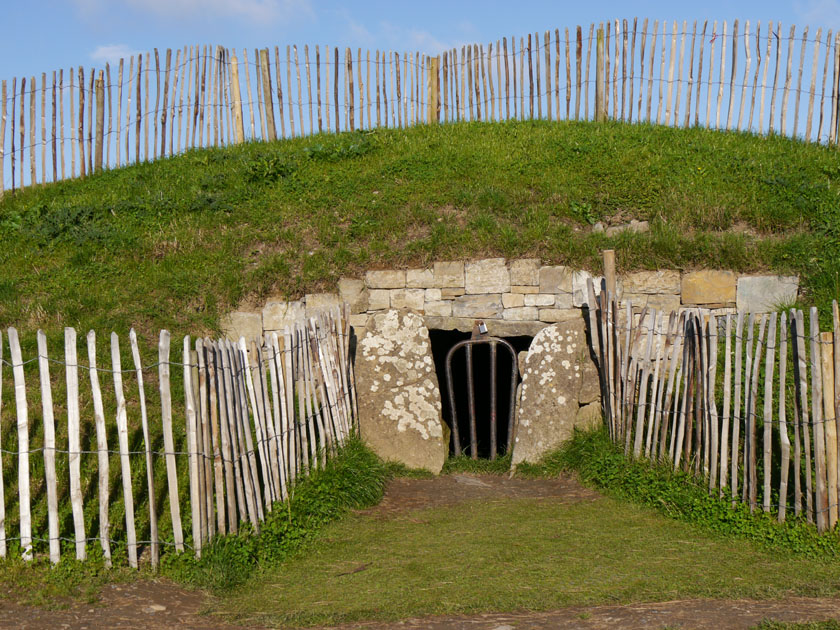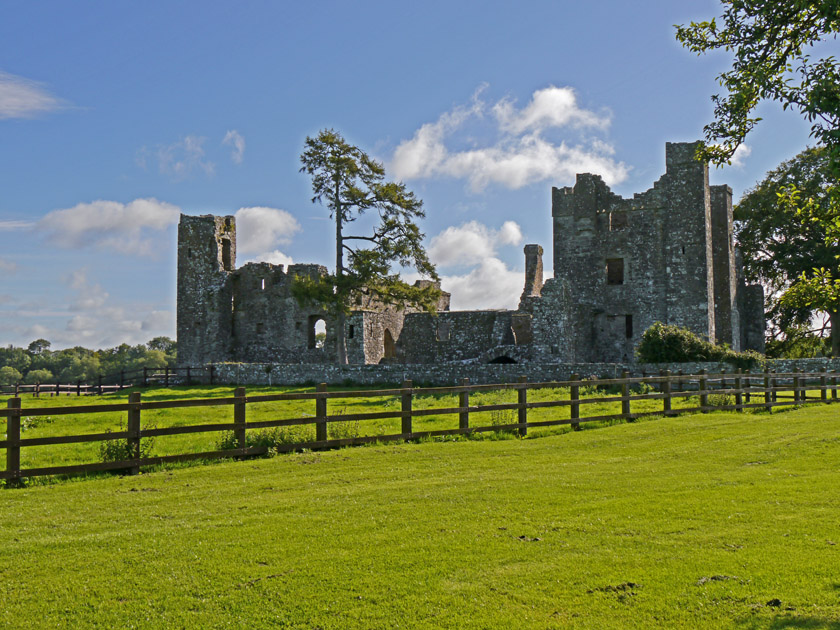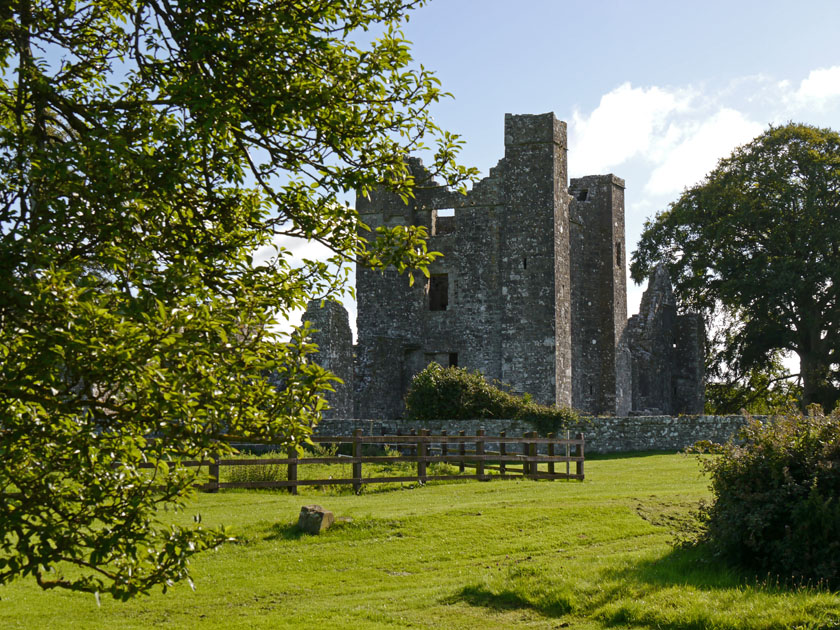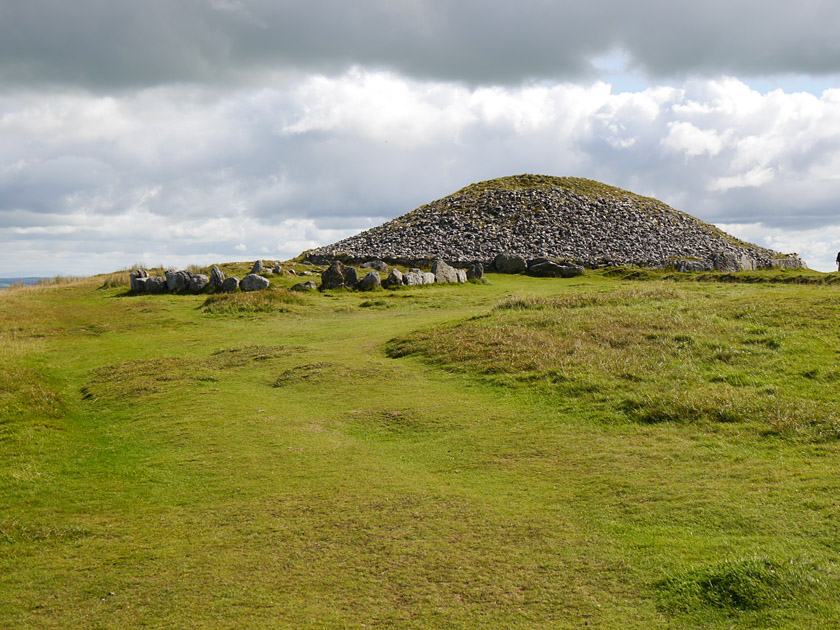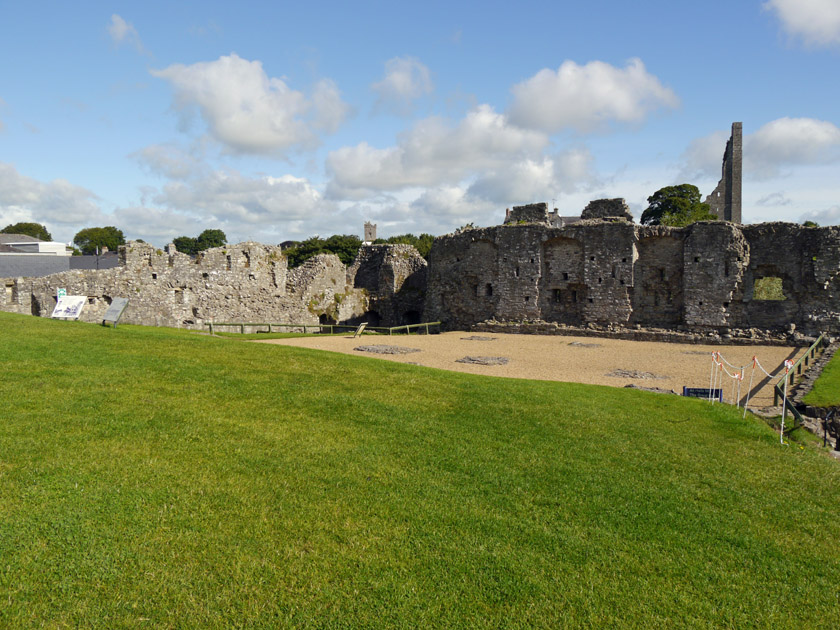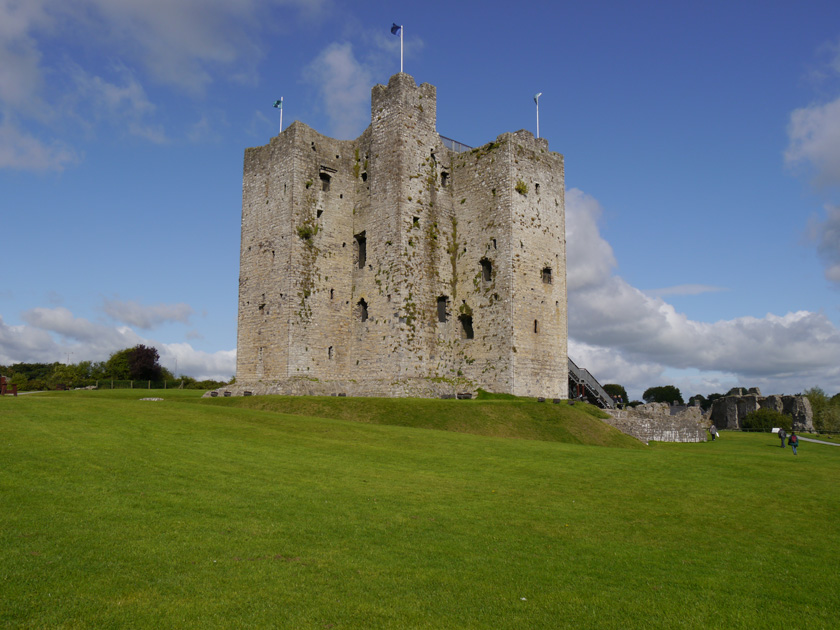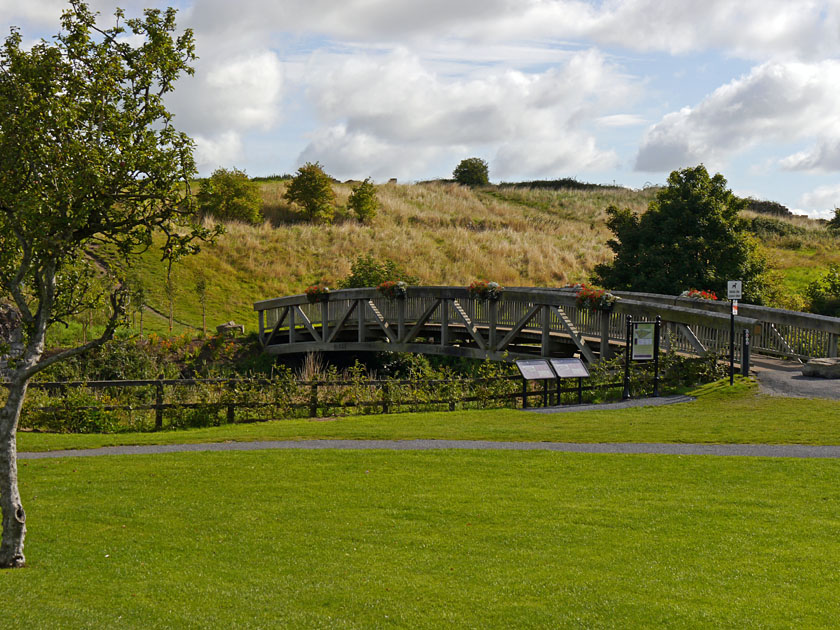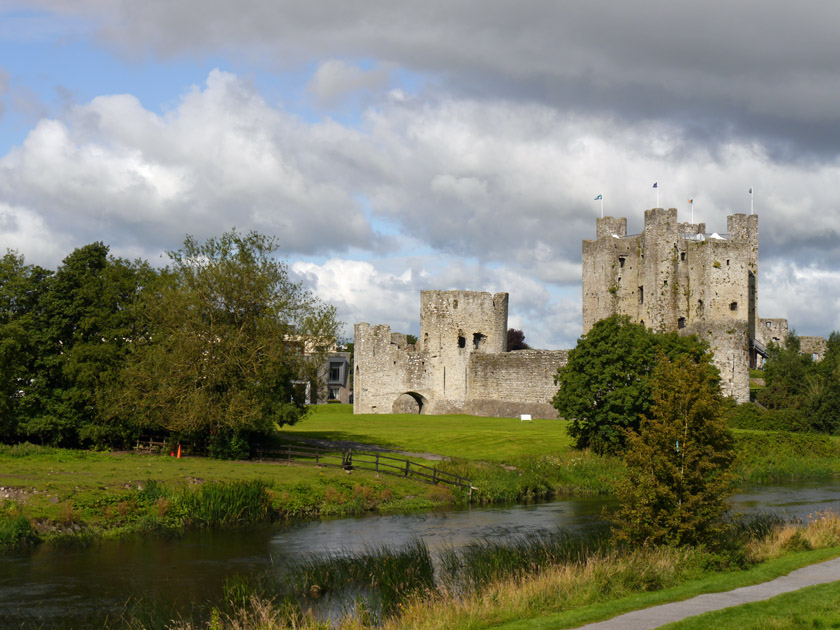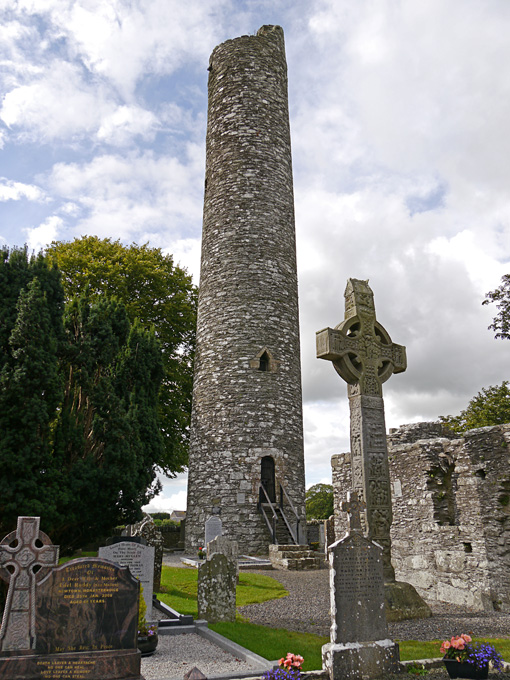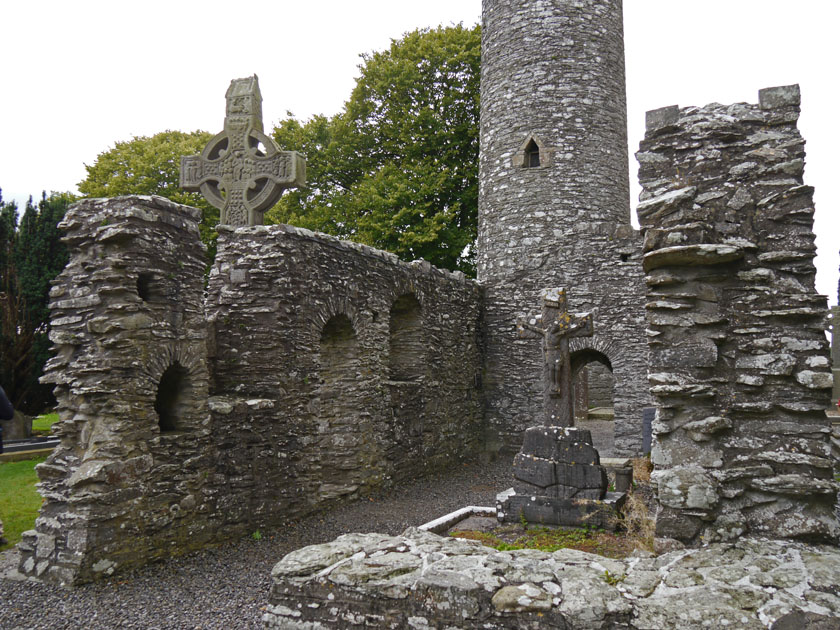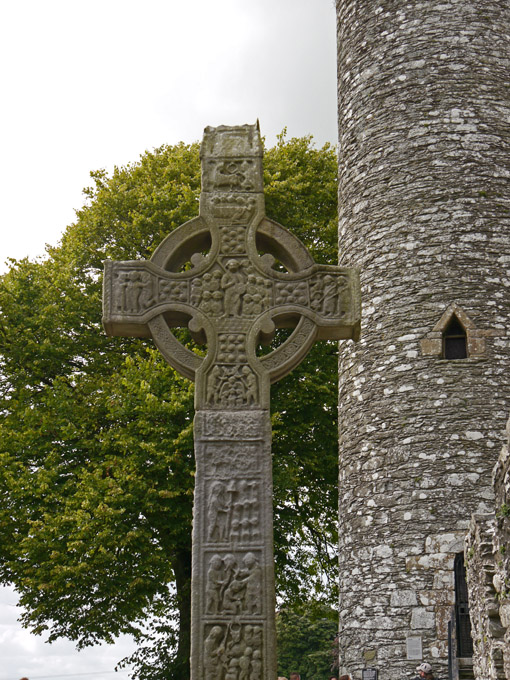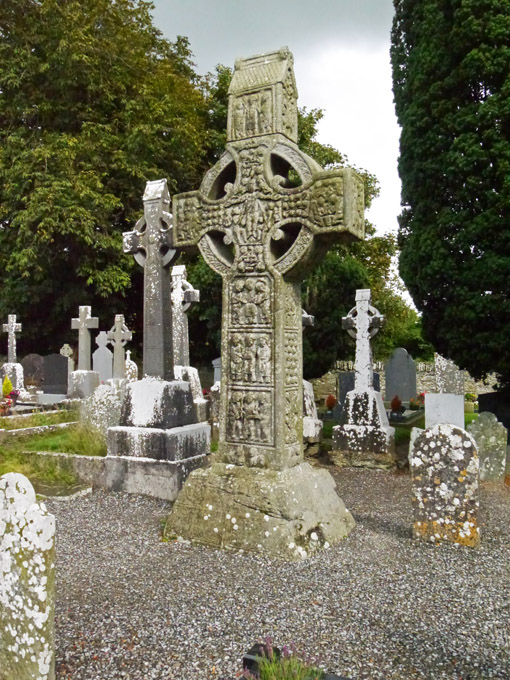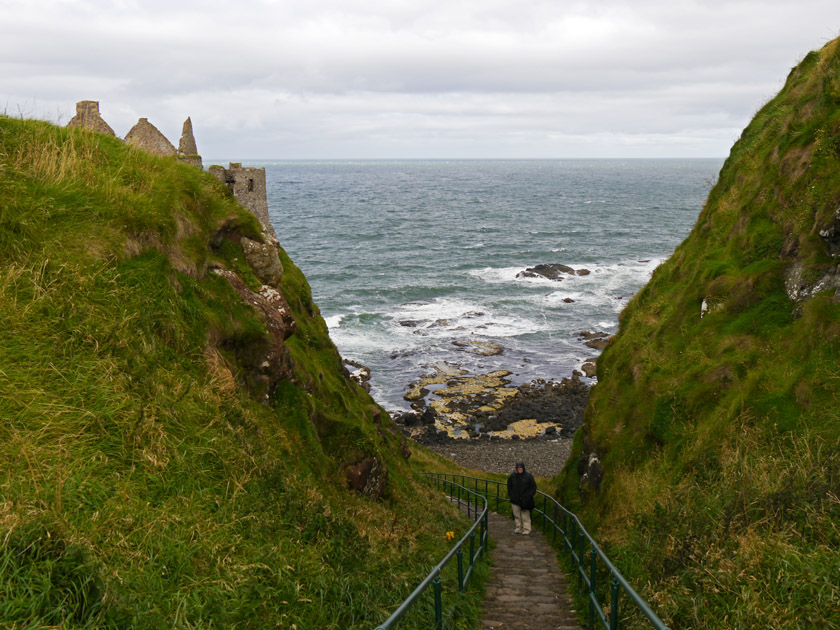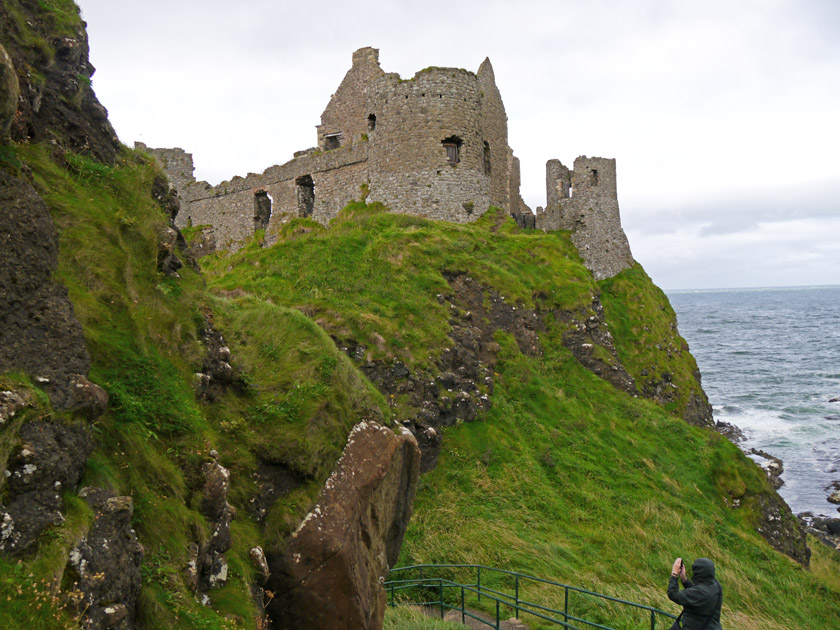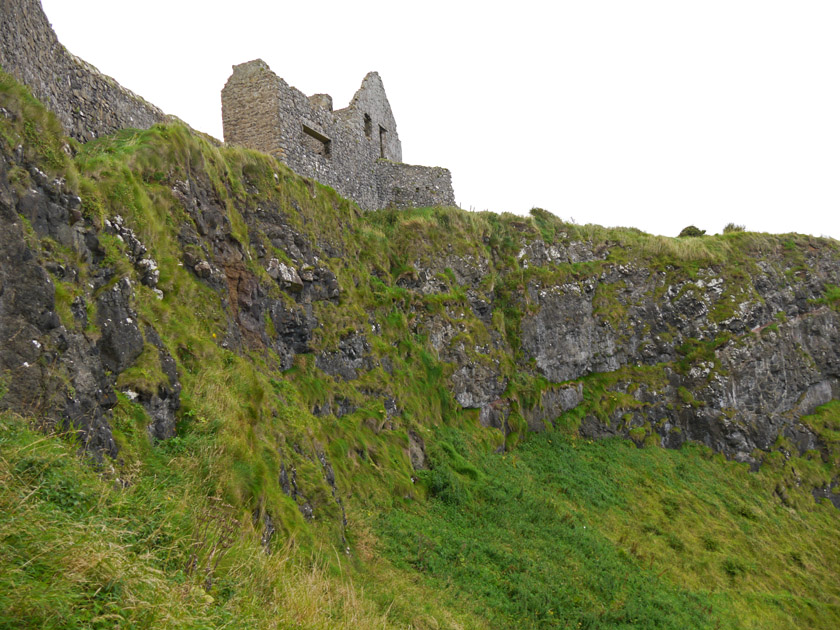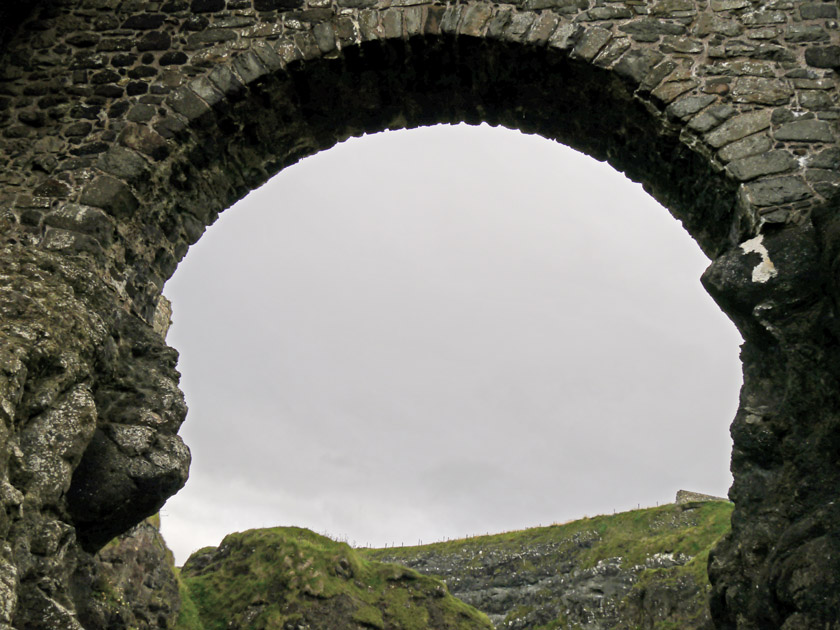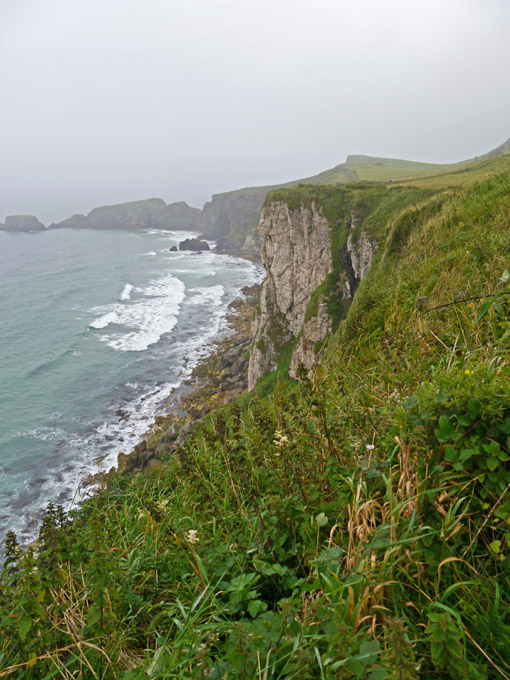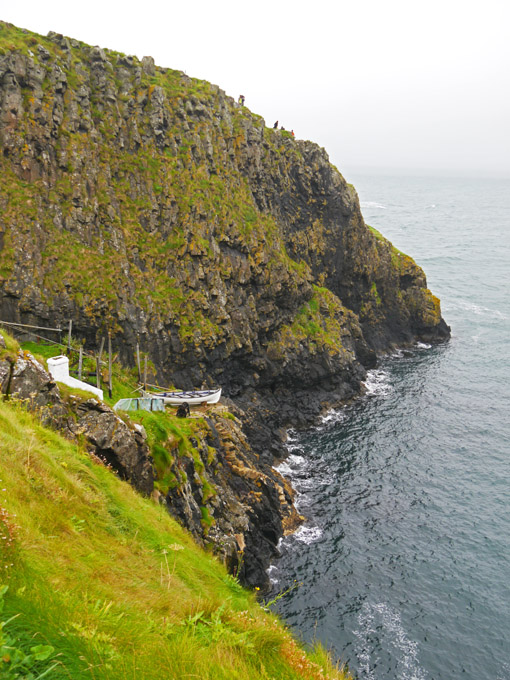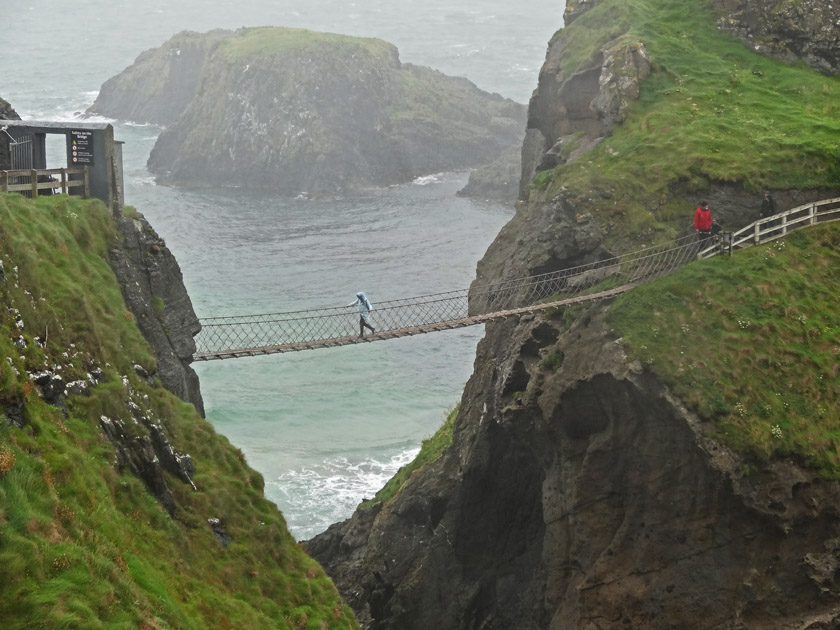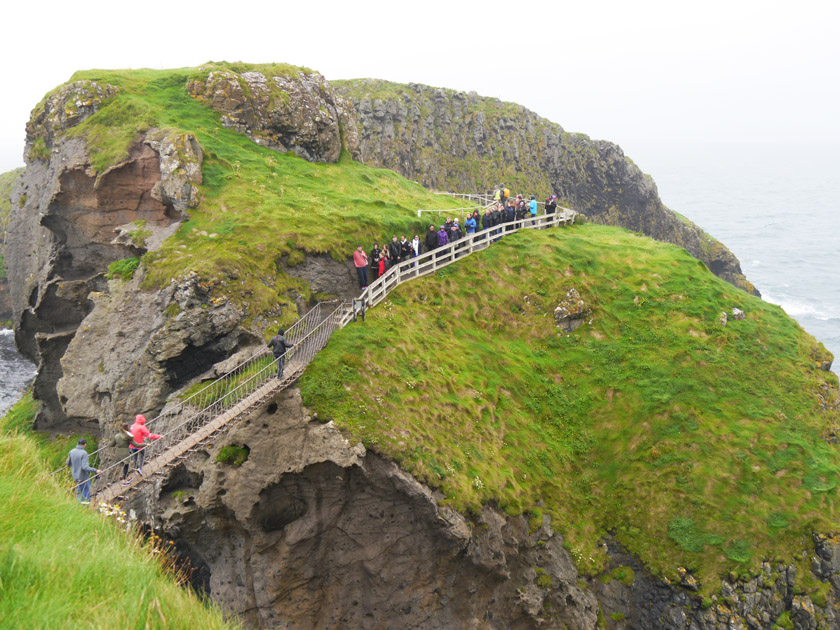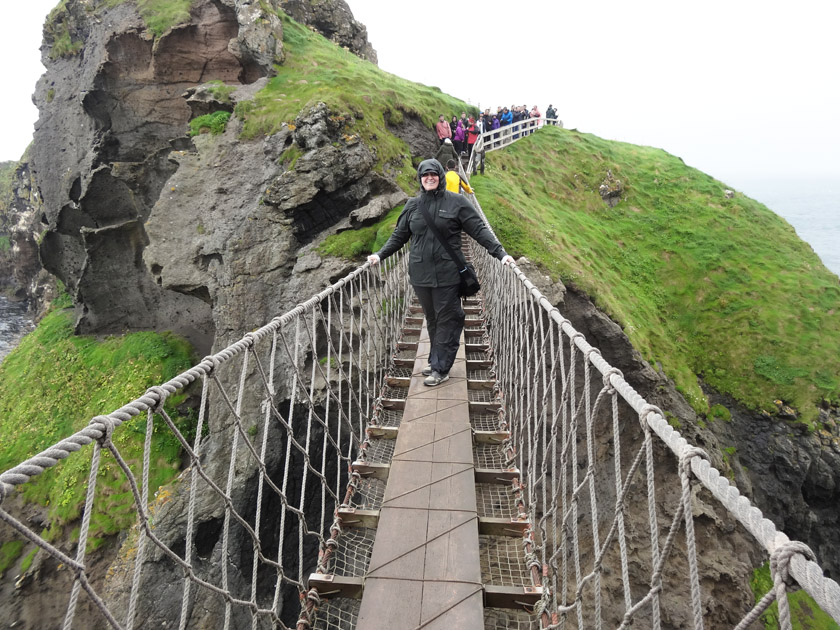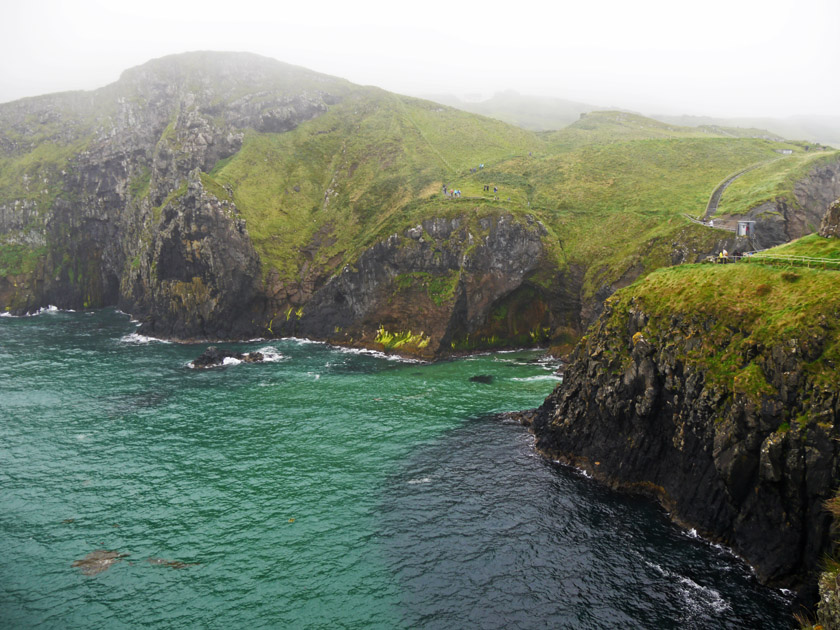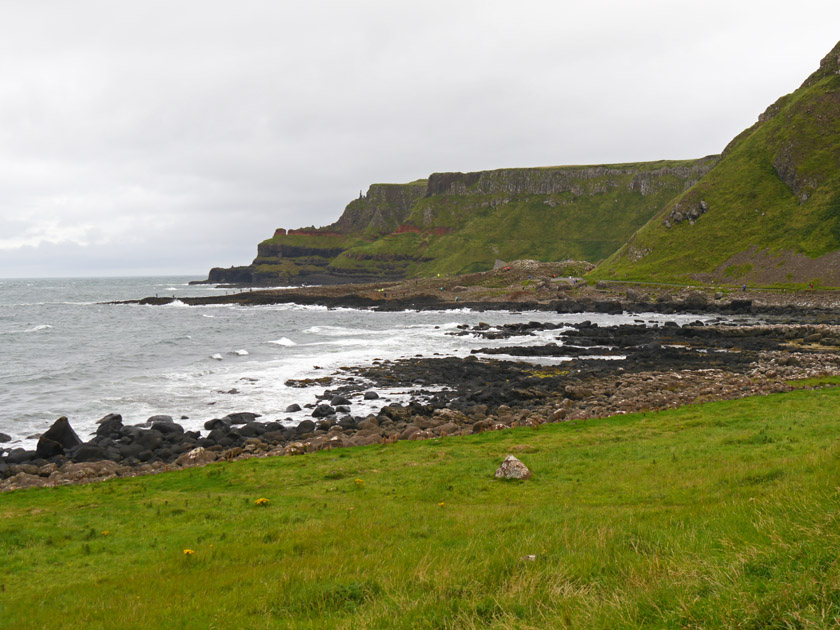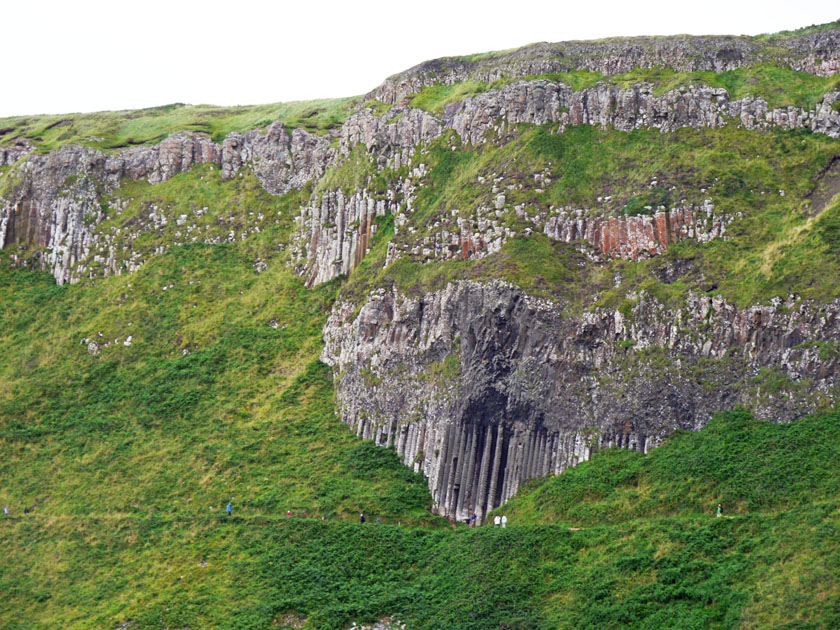Ireland Vacation, August-September 2015
Click on an image to see a larger version,
hold cursor on image to see caption.
Use arrow icons or
arrow keys to navigate on photo pages.
Viewing on a tablet? Try using the PDF file Ireland 2015 to swipe through the photos.
Dublin, Republic of Ireland
St. Patrick's Cathedral |
||||
|
Saint Patrick's Cathedral in Dublin, also known as the National Cathedral and Collegiate Church of Saint Patrick, Dublin, was founded in 1191 and built between 1191 and 1270. Little now remains of the earliest work beyond the Baptistry. It is the largest church in Ireland and one of Dublin's two Church of Ireland cathedrals. In 1769 the cathedral spire (43 metre, 140 ft) was added. |
||||
 |
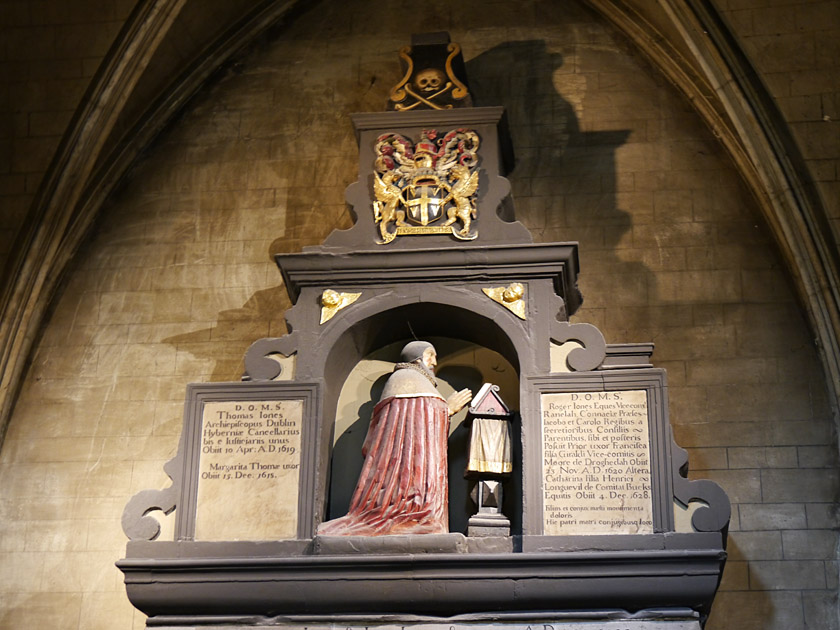 |
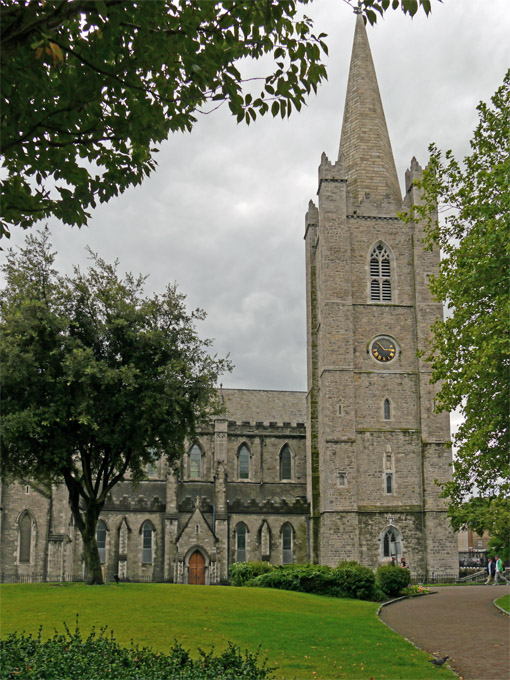 |
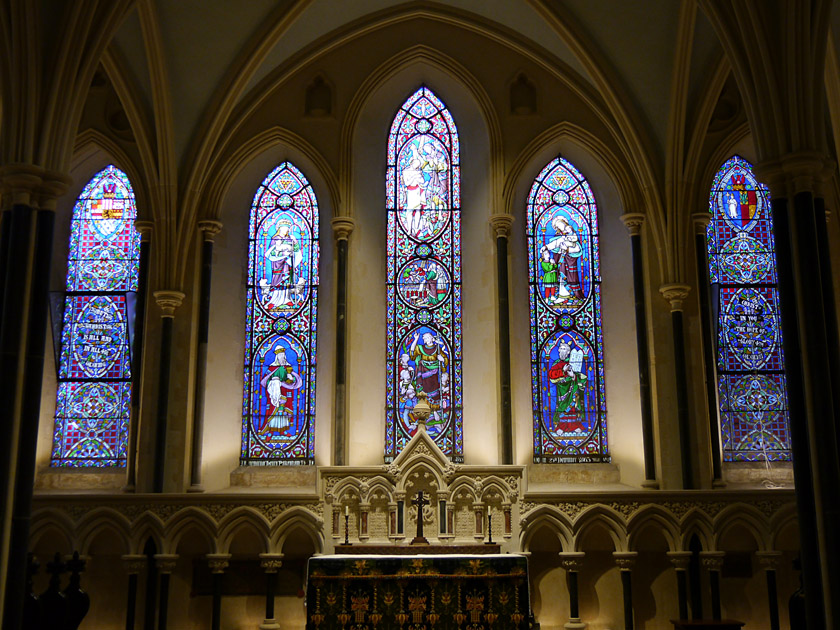 |
 |
| Return to Top | ||||
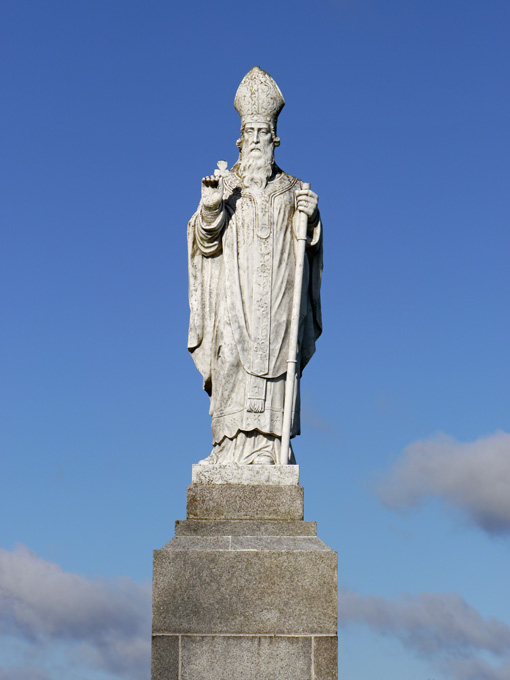 |
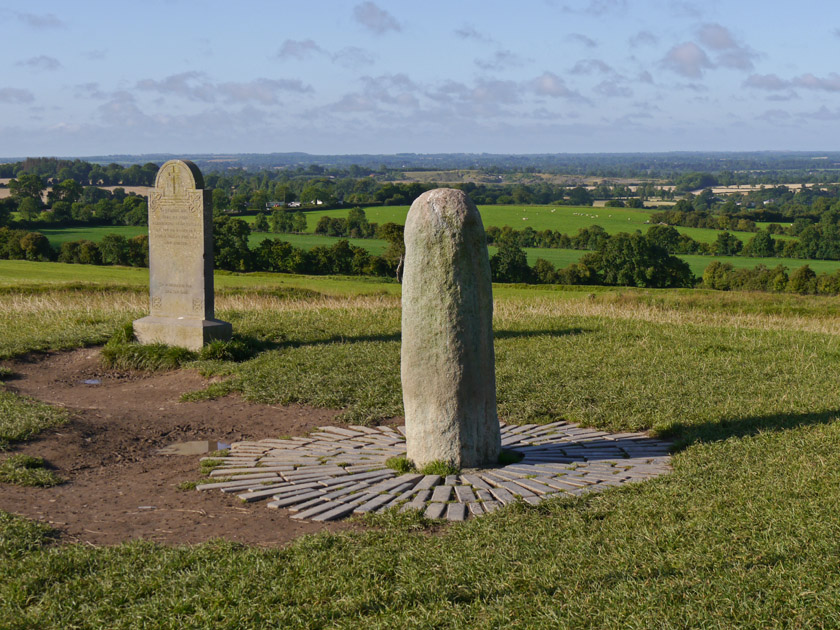 |
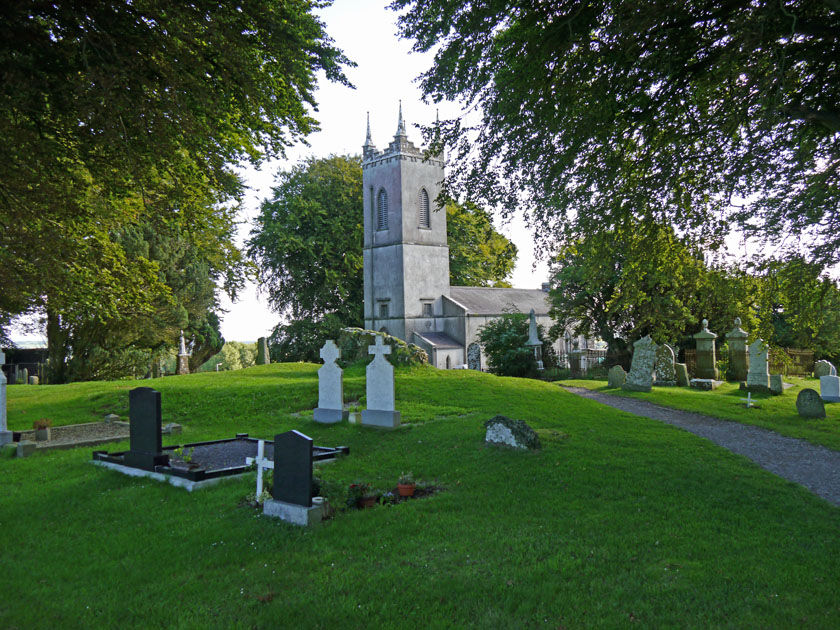 |
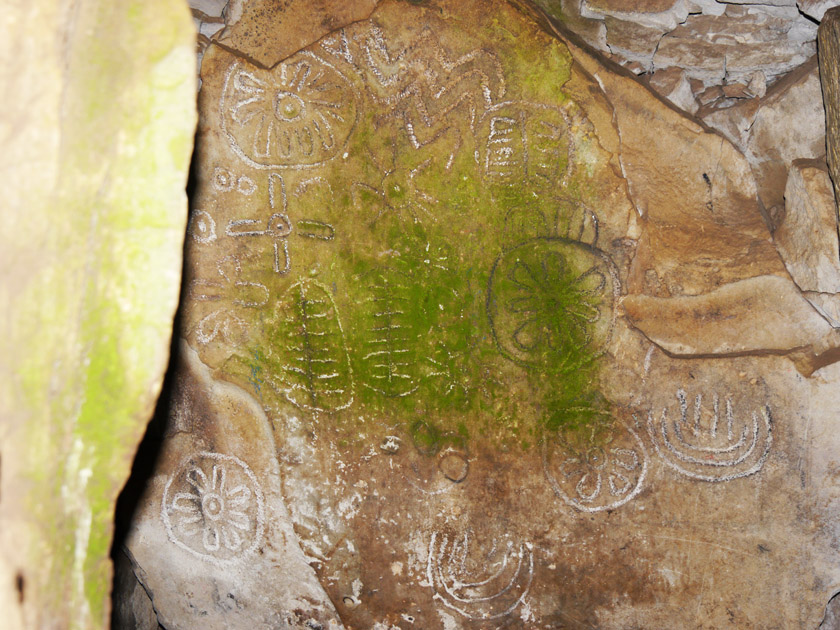 |
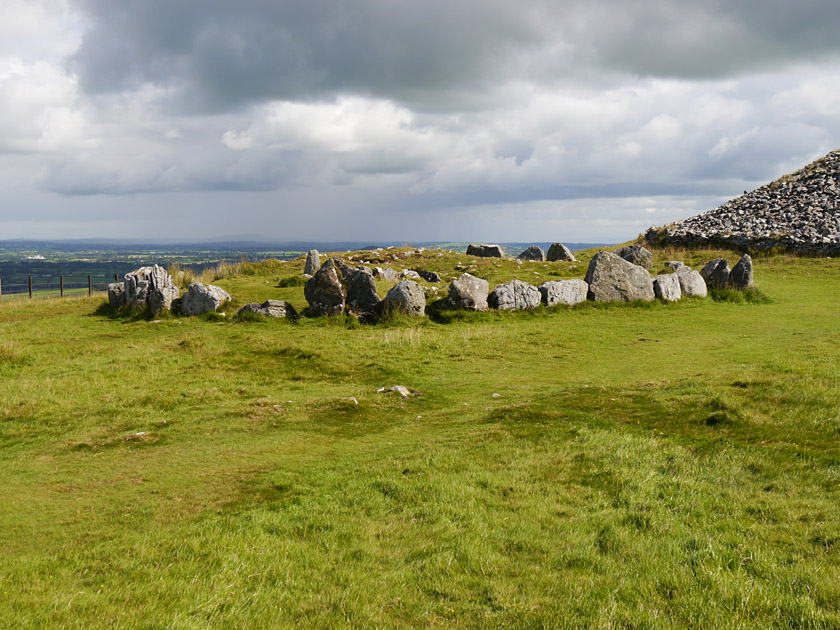 |
St. Peter's Church, Drogheda |
||||
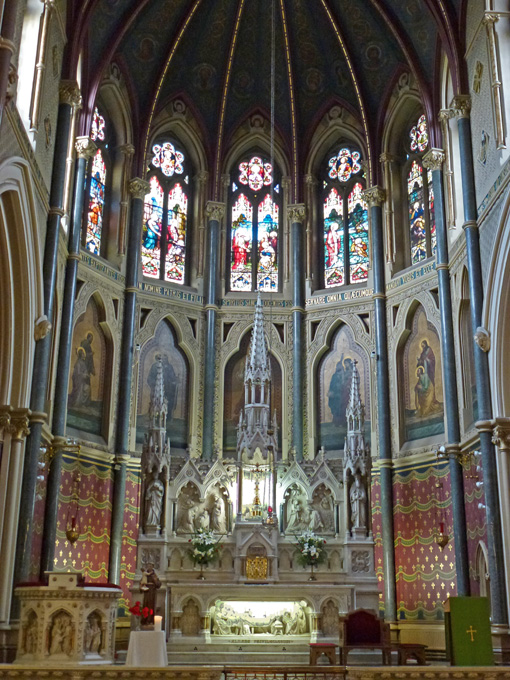 |
 |
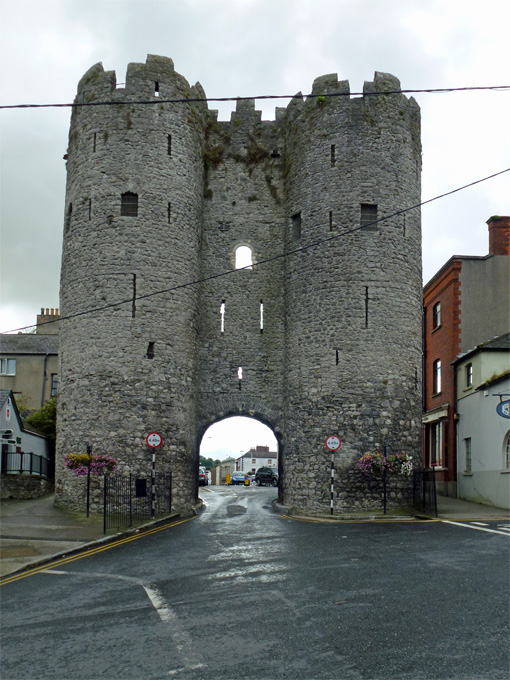 |
St. Peter's Roman Catholic Church in Drogheda Town was constructed using local limestone in 1884. The site previously housed a church built in 1791 and parts of that structure were incorporated into the present building, The church is famous for housing the shrine of St. Oliver Plunkett. He was hanged for treason in 1681. Pope Paul VI declared him a saint in 1973, and his preserved head forms the centrepiece of the shrine. |
|
| Return to Top | ||||
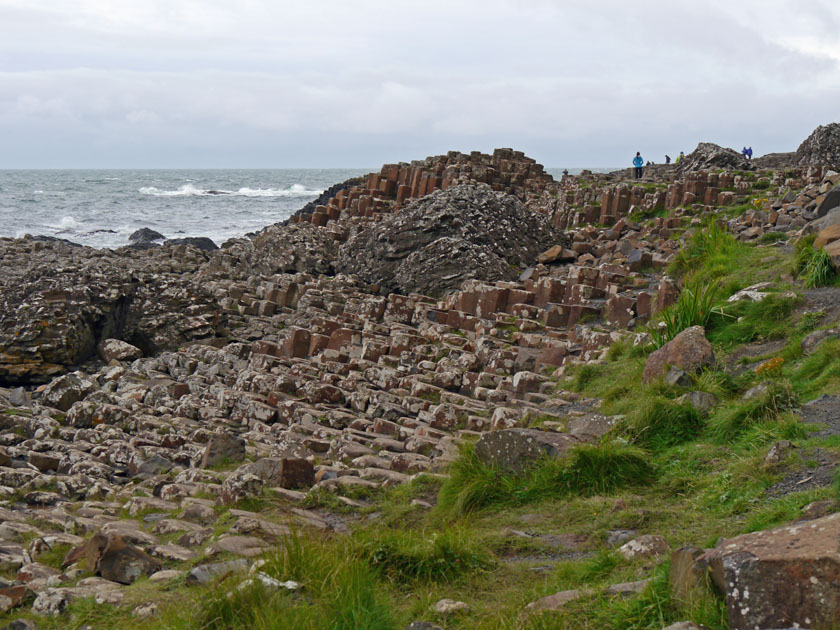 |
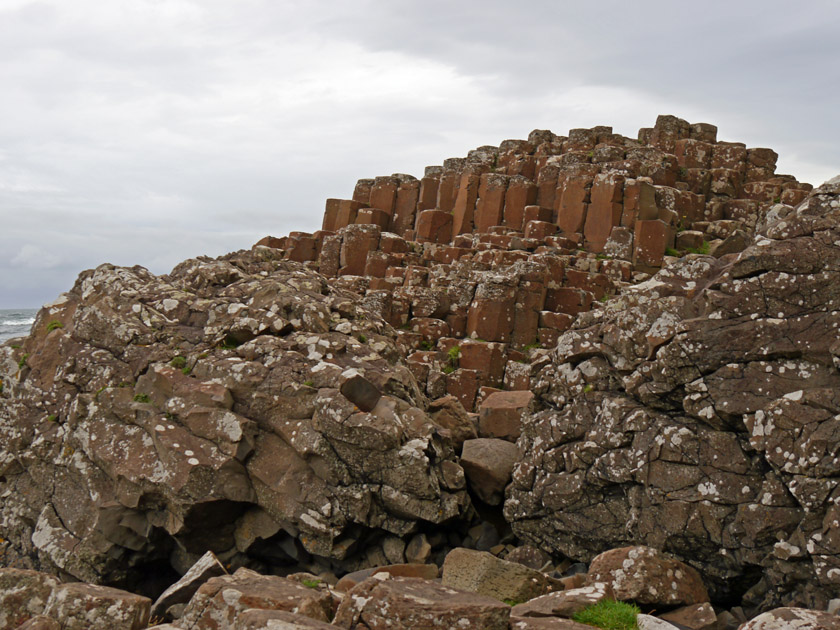 |
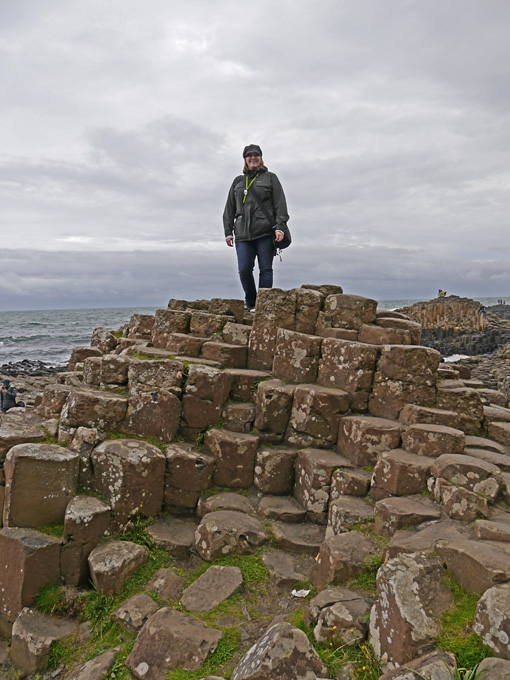 |
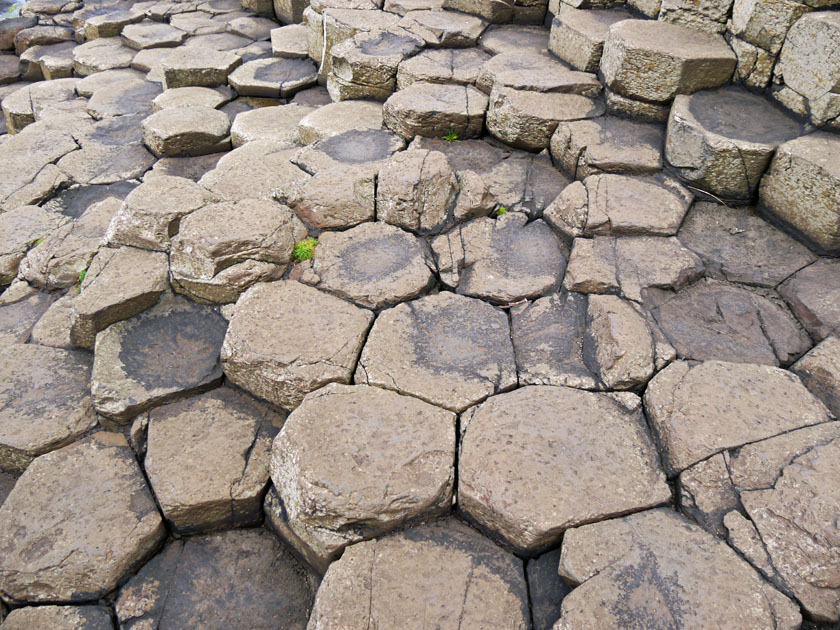 |
 |
Beaghmore Stone Circles and Tombs |
||
|
Beaghmore is a complex of early Bronze Age megalithic features, stone circles and cairns. The stone circles and cairn are attributed to the earlier part of the Bronze Age c. 2,000-1,200 BC. Three of the stone rows point to the sunrise at the time of the solstice and another is aligned towards moonrise at the same period. Because of the number of stone cairns on the site it is possible that at least part of the function of the site was burial. Some cairns have been found to hold cremated human remains. |
||
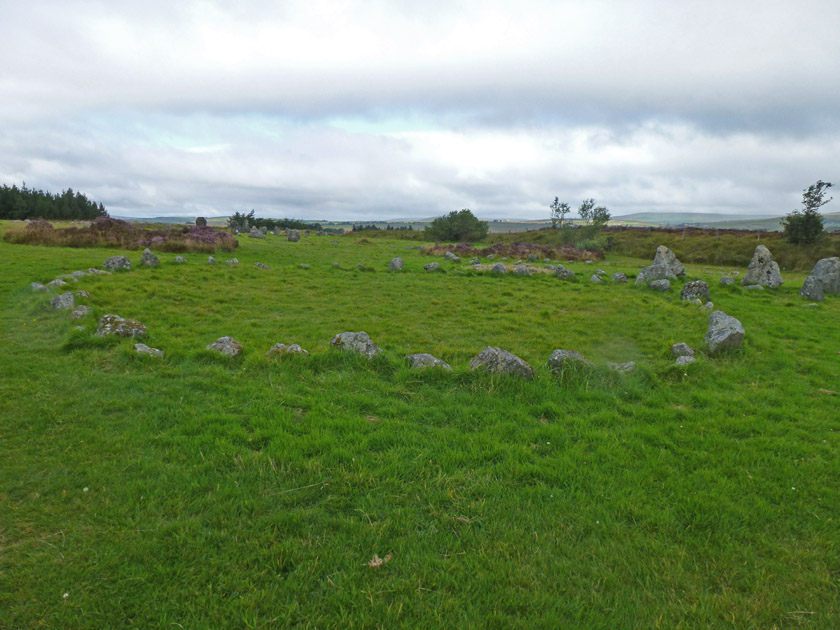 |
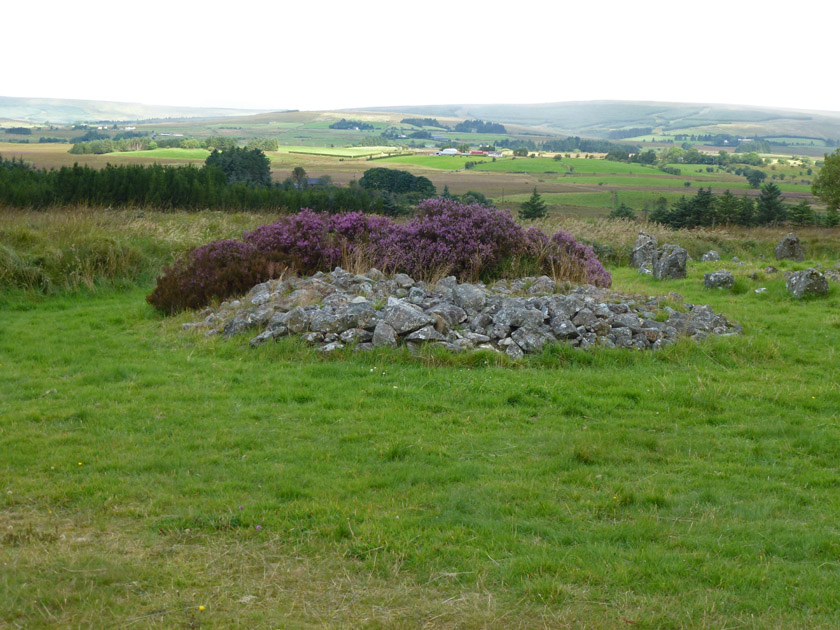 |
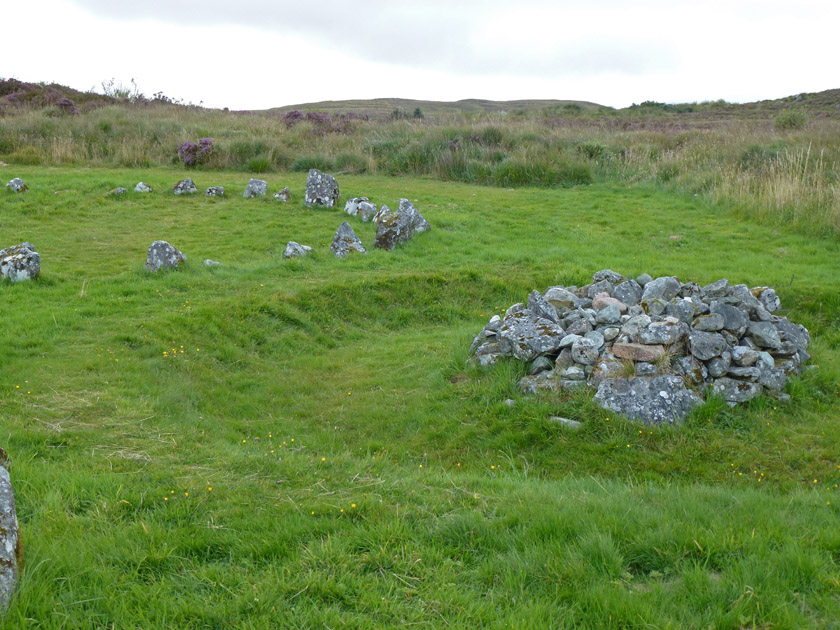 |
| Return to Top | ||


